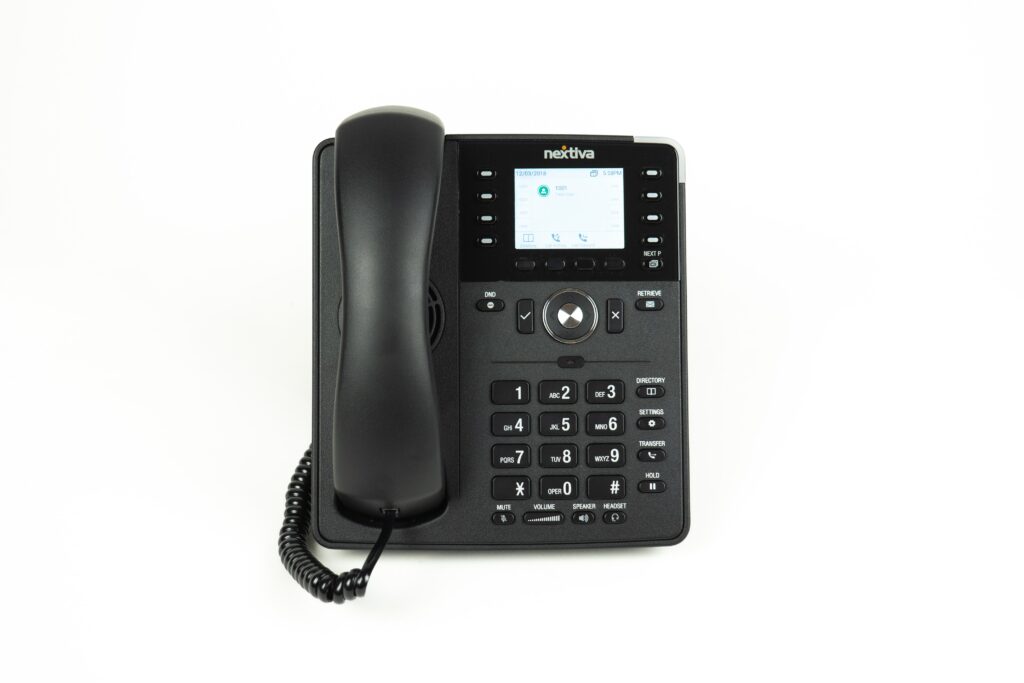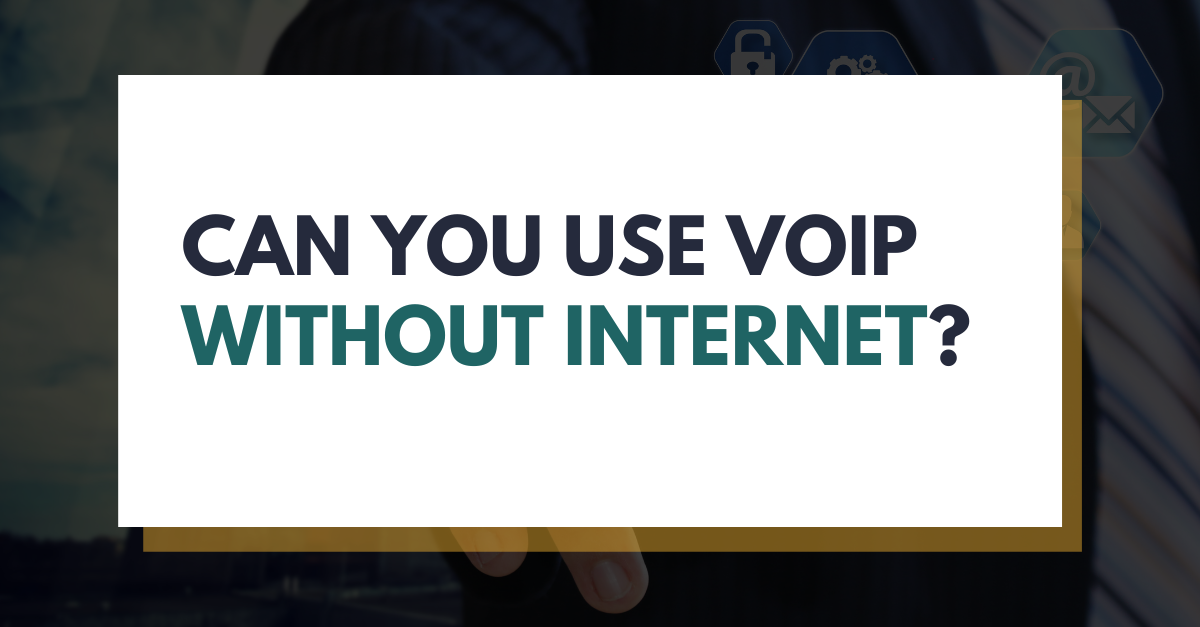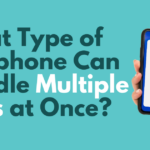Voice over Internet Protocol (VoIP) technology has revolutionized communication. It enables individuals and businesses to make voice calls using the internet rather than traditional telephone lines. However, the reliance on internet connectivity has raised a prevalent question: Can you use VoIP without internet? Surprisingly, the answer is yes. Through the utilization of LTE (Long-Term Evolution) networks, offering an alternative means of accessing internet and VoIP services.
VoIP fundamentally relies on internet connectivity to transmit voice data packets. Traditionally, users access VoIP through a stable internet connection, whether broadband, Wi-Fi, or other wired or wireless networks. However, in scenarios where conventional internet access isn’t available, LTE and 5G networks can step in as a viable solution. The mobile network speeds are extremely good nowadays in most development areas. In many homes LTE and 5G is taking over broadband home internet. This allows for more data to be transmitted in the same amount of time over mobile networks than ever before.
What is LTE, 4G and 5G?
LTE, known as 4G LTE, is a standard for wireless broadband communication that offers high-speed data transmission. It’s commonly associated with mobile networks, predominantly used for data transfer on smartphones and other wireless devices. The next generation of 4G LTE is called 5G which is being rolled out to major cities now.

While it’s primarily used for internet access, LTE networks can facilitate VoIP calls when internet connectivity is unavailable. The primary distinction between traditional internet-based VoIP and VoIP via LTE lies in the infrastructure used for data transmission. Internet-based VoIP relies on fixed or wireless internet connections provided by ISPs (Internet Service Providers). In contrast, LTE-enabled VoIP utilizes cellular networks managed by mobile carriers, offering a different pathway for data transmission.
VoIP over LTE devices
To utilize VoIP without internet (wi-fi) via LTE, users require a device capable of connecting to LTE networks. This could be a smartphone, tablet, or a VoIP-enabled device equipped with LTE functionality (like a LTE router). These devices can access the LTE network provided by a compatible mobile carrier, allowing users to make and receive VoIP calls without relying on traditional internet connectivity.
One of the significant advantages of using VoIP without internet over LTE is its accessibility in remote or under-served areas where traditional internet infrastructure may be lacking. LTE coverage is often more extensive compared to fixed-line internet, reaching remote regions or during instances where wired internet connections aren’t feasible. This capability makes VoIP via LTE a practical communication solution in various scenarios, such as outdoor events, rural locations, or emergency situations.
In rural areas where there is no broadband internet connection, businesses and residents rely solely on their mobile provider. Knowing that they can get business grade VoIP service over mobile network makes them more productive. It also helps them improve their voice infrastructure thereby adding more dollars to their revenue. Remote employees can make use of the mobile app to make, receive, transfer, conference, video meet and more.
Disadvantages of VoIP over LTE
There are limitations to using VoIP over LTE. While LTE networks provide substantial coverage, the quality of service might vary based on signal strength and network congestion. Factors like distance from cell towers, obstacles, and network traffic can affect call quality. This can lead to potential disruptions, latency, or dropped calls.

Additionally, the cost associated with using VoIP over LTE must be considered. Mobile carriers typically charge for data usage on their LTE networks, and VoIP calls consume data similar to other internet-based activities. Users need to be aware of their data plans and potential additional charges for VoIP calls made over LTE to avoid unexpected costs. Although, many providers now offer unlimited data over LTE so this is not too much of a burden nowadays.
Despite these limitations, advancements in LTE technology continue to improve network reliability and data speeds, mitigating some of the challenges associated with using VoIP over cellular networks. Moreover, ongoing developments in 5G networks promise even faster data speeds and reduced latency, potentially enhancing the experience of VoIP calls over mobile networks in the future.
Conclusion
While VoIP is traditionally reliant on internet connectivity, the utilization of LTE networks offers an alternative pathway to make and receive VoIP calls without direct access to the internet. This capability expands the reach of VoIP services, providing communication options in areas with limited internet infrastructure or during instances where traditional internet connectivity is unavailable. The integration of VoIP without internet (Wi-Fi Lain) into LTE networks allows for more accessible and reliable communication solutions across diverse environments and scenarios as technology progresses, enhancing the synergy between VoIP and LTE networks.





Leave a reply